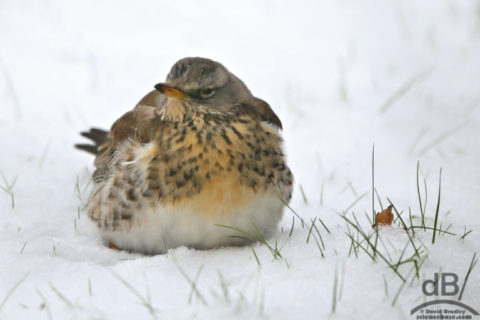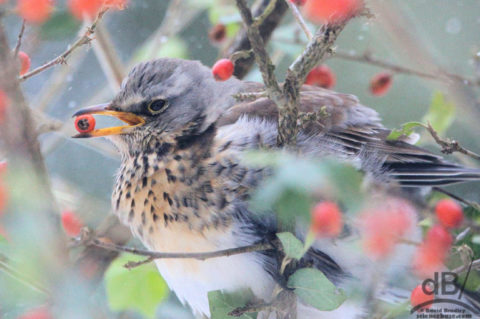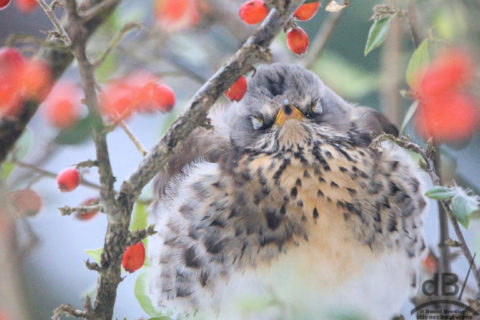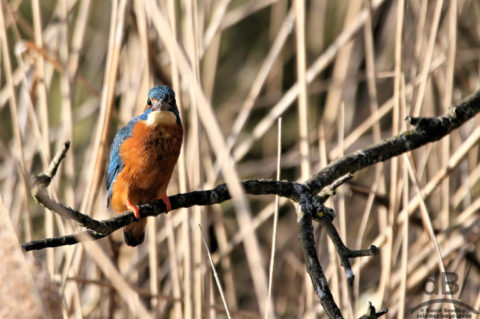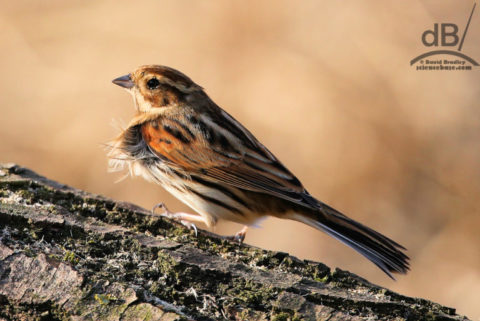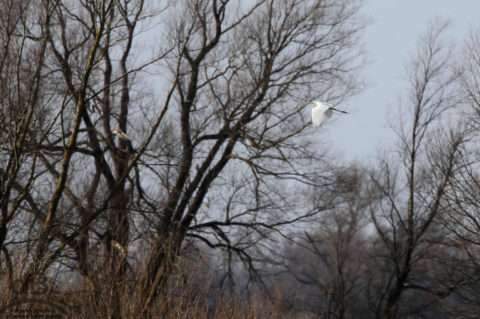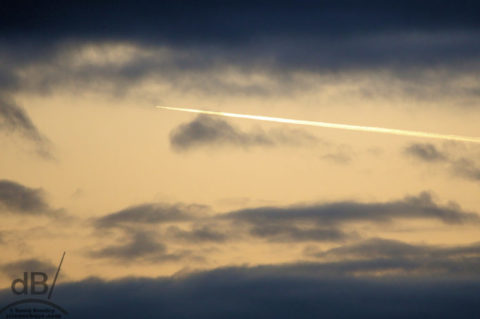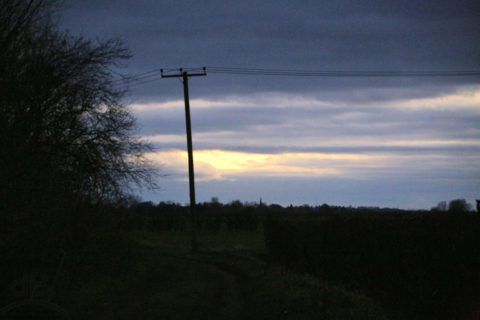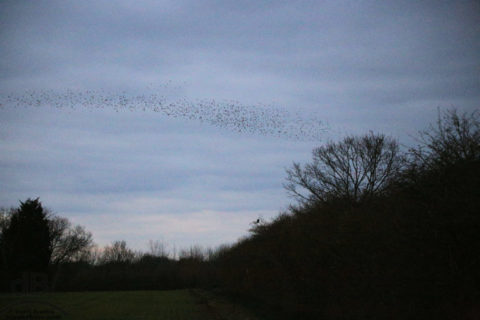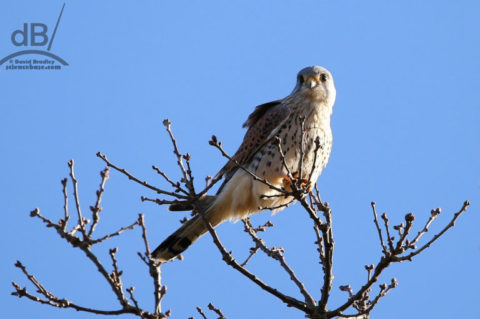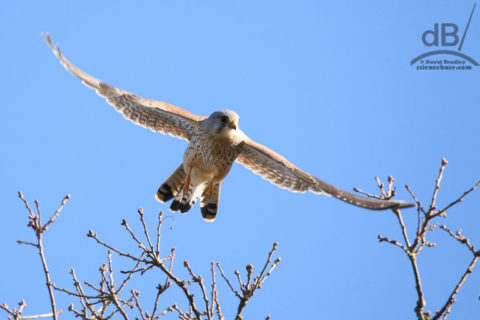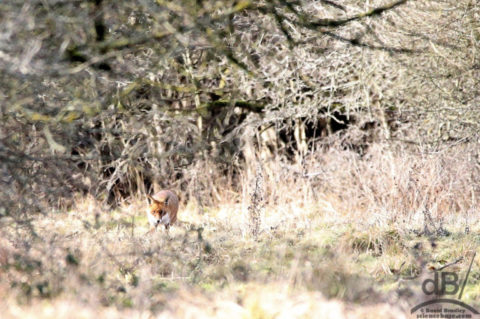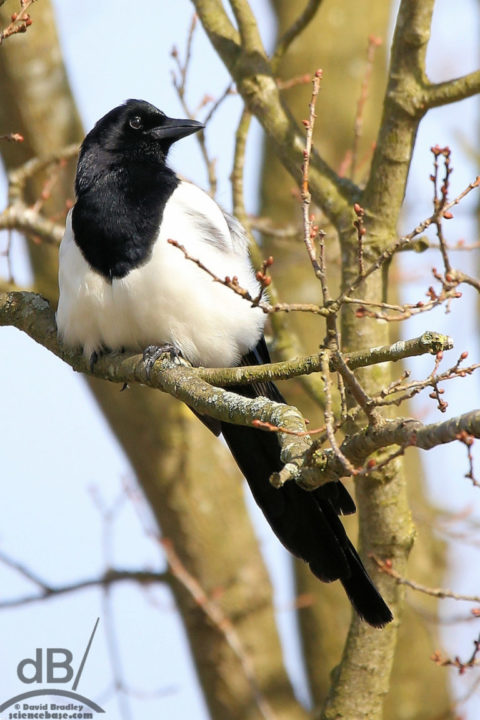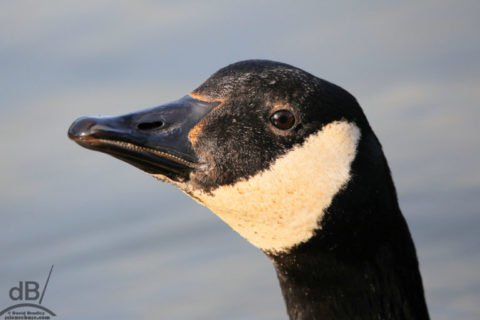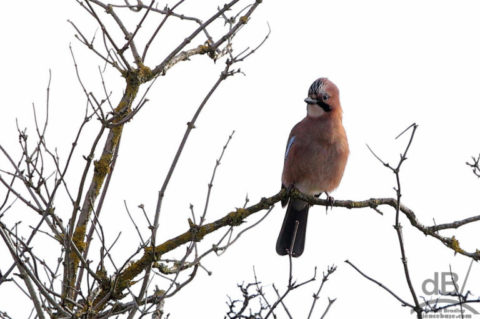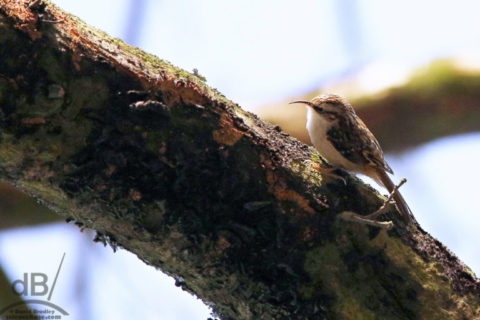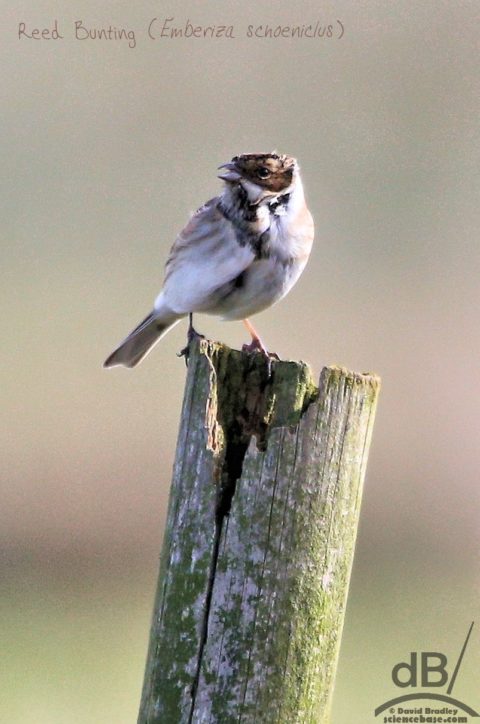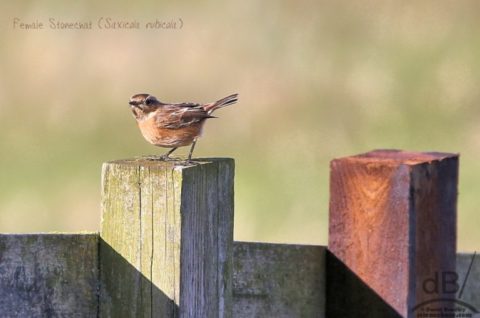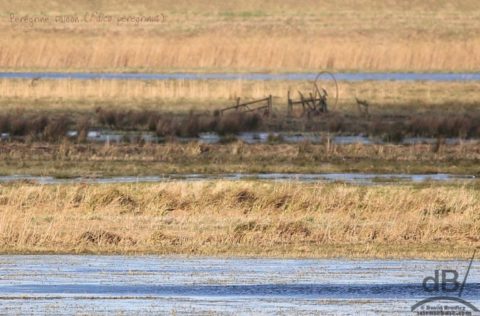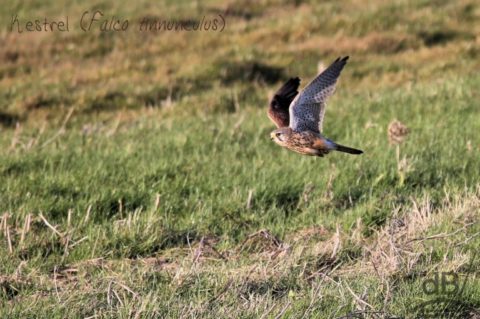Usually, a trip into Cambridge on a weekday is an urgent shopping trip for whatever reason, with maybe a half-decent coffee on the market or a pint in the Mitre or Maypole to take the edge off, oh and a few hastily snapped shots of college finials and what have you, but today I was on a mission.
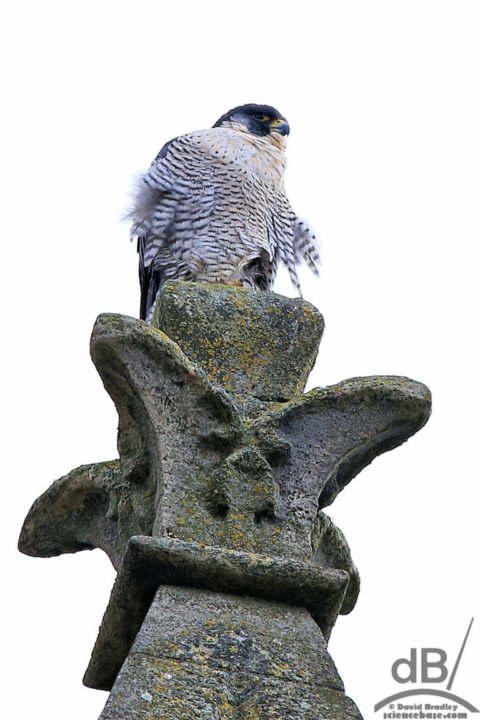
Mrs Sciencebase dropped me near the University Library so I could go scouting for Peregrines. The hints had been that the male was caching prey somewhere on the library tower and shuttling his time between that site, other tall buildings in town where his missus is hanging out. Anyway, I photographed the library from a few arty-farty angles and just caught sight of the male leaving the area and heading in the direction of King’s Chapel.
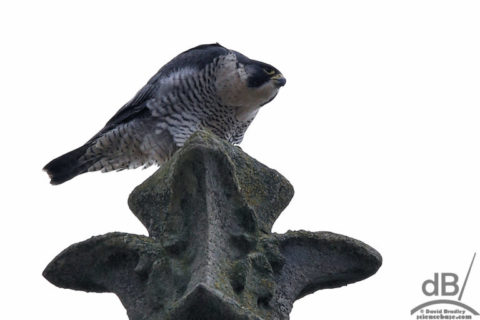
So, I hoofed it in that direction, bumping into an old contact of mine, chemist Sir Alan Fersht, who was on the bridge also pointing a camera skywards. I asked him whether he’d seen the Peregrines at all, nope, but he knew they’d nested on the library building years ago. We had a nice chat about the pros and cons of various lenses for bird photography and I then legged it towards King’s and the URC. Another stop when I spotted someone else with a big zoom lens, a photographer stringing for the local paper and hoping to catch the beautiful people under blankets in punts on the Cam (it’s about 5 Celsius out there). So, quick chat with him and then through to King’s Parade. En route, I did a quick photo call with the university lecturers picketing classes in support of education and their pensions. Power to the people, and all that. There was nothing doing hawkwise at King’s, so I met up with Mrs Sciencebase for a spot of lunch before we separated again – she to shop, me to mope.
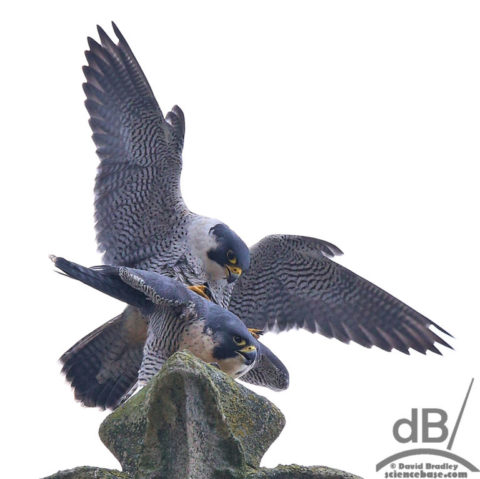
However, the Peregrine was immediately visible on a high spire. So I got a bunch of record shots quickly. I guessed it was the female and this was confirmed as she shook her tailfeathers and the male arrived for his 20-second nuptials. He headed off immediately after mating and then I spotted him circling, but her tailfeathers were not shaking this time. He went into a stoop over Fitzbillies and disappeared. I think I caught sight of him again a few moments later.
Interestingly, nobody spoke to me while I was standing in the shadow of the church (apart from our next-door neighbour who just happened to be passing), although I heard a few hilarious muttered comments such as “ooh, that’s a big one” and “is it a hawk?” and one man walked up behind me shouting “testing 1, 2, 1, 2, testing…” In between those kinds of comments I think I heard the words “quantum, “capitalism”, “Pavlovian” and a few other choice morsels. You don’t get much of that where I grew up, but it’s par for the course on the cobbled streets of Cambridge. A couple of people smiled as they cycled past either thinking of quantum capitalism or amused at my staring at what would’ve seemed like nothing more than a brick wall from their perspective.
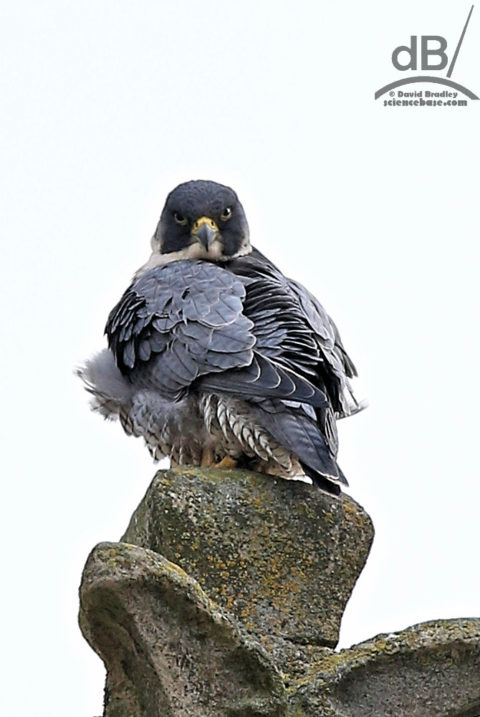
Anyway, I’d pretty much got the money shot of the Peregrines and was just about to take a call from Mrs Sciencebase when a gent stepped up and suggested that he thought I was watching the bird on the church and had I got any good shots. Turns out he runs the Cambridge Peregrines twitter. It’s such a small town is Cambridge, full of coincidences, knights of the realm, and bird enthusiasts.
